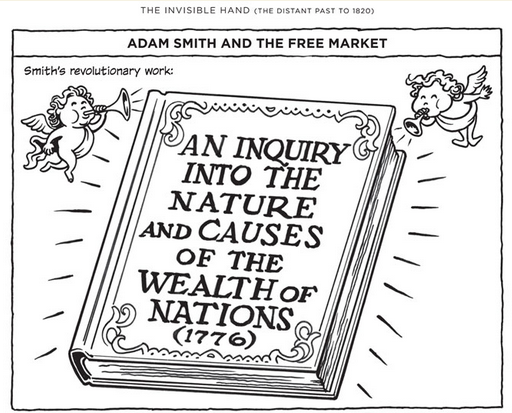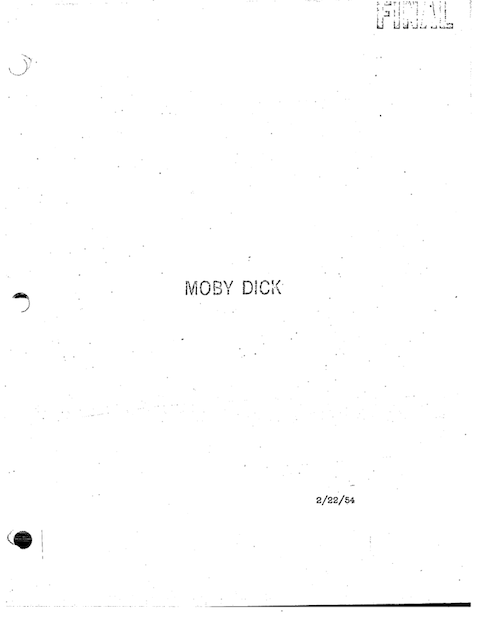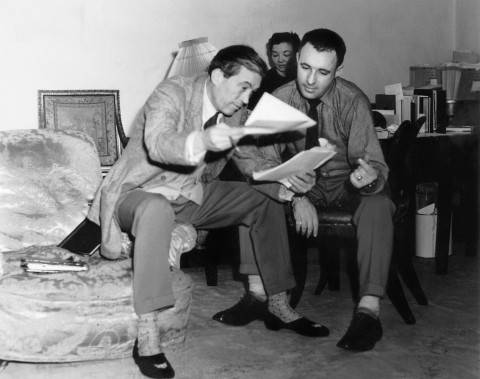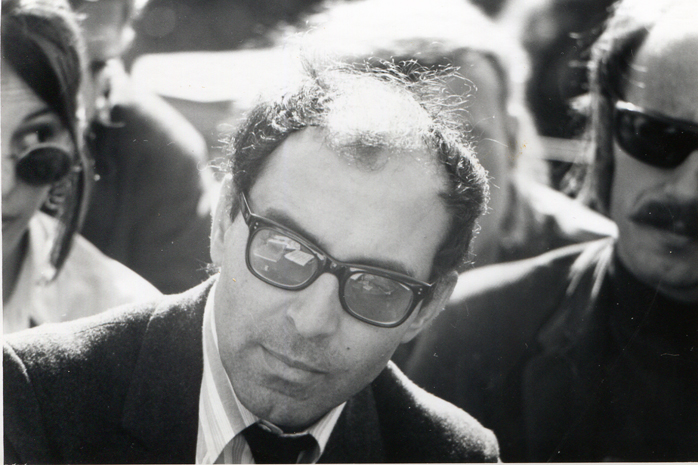Just this week, some new test results showed that American teens, compared to other students worldwide, “failed to reach the top 20 in math, science or reading,” according to The Guardian. Afterwards, Arne Duncan, the U.S. Secretary of Education, called the results a “picture of educational stagnation.”
The results are deflating. But maybe we shouldn’t lose hope, not when we have kids like Jacob coming of age, and teachers like Neil deGrasse Tyson mentoring him along. Speaking last month at Grand Valley State University in Michigan, Tyson fielded a question — the last question of the night — from a nine-year-old elementary school student named Jacob. To paraphrase, Jake wanted to know why we couldn’t shoot a “chunk of random material” at a hypothetical asteroid and stop it from hitting earth. This ends up being the first of a two-part question, which leads Jacob to demonstrate physics concepts with his clipboard and debate whether these flying objects share properties with “non-Newtonian solids.” Yes, I’m feeling a little better about the American educational system, especially since Jake’s dad confirms on YouTube that his son attends “great public schools.”
You can find Neil’s complete GVSU talk here.
Related Content:
Neil deGrasse Tyson Lists 8 (Free) Books Every Intelligent Person Should Read
Physics: Free Online Courses from Great Universities
Christopher Hitchens Creates a Reading List for Eight-Year-Old Girl
Free Comic Books Turns Kids Onto Physics: Start With the Adventures of Nikola Tesla
200 Free Kids Educational Resources: Video Lessons, Apps, Books, Websites & More







